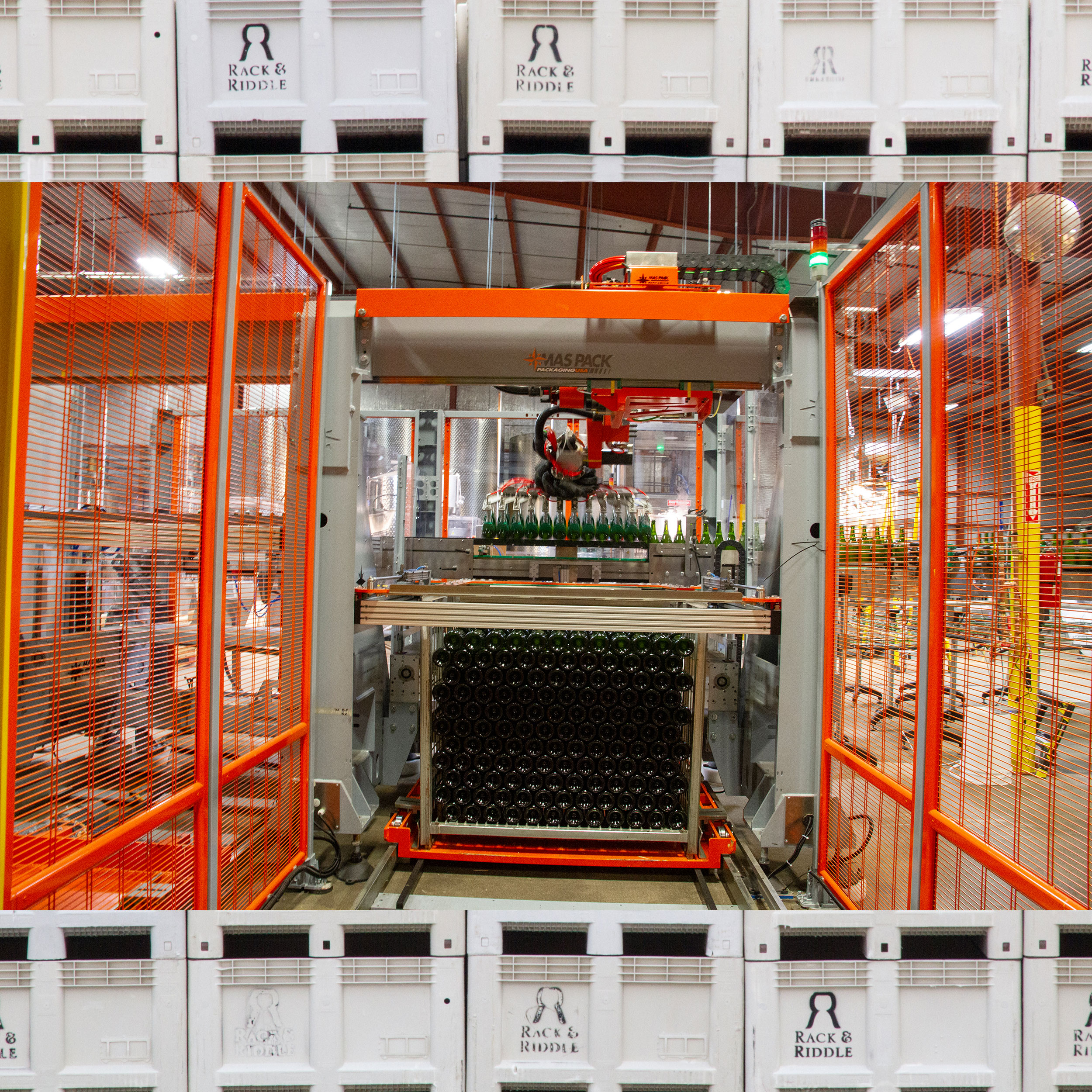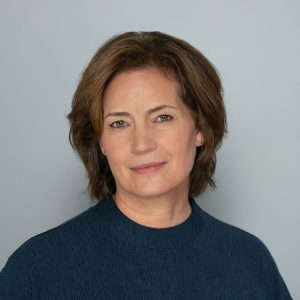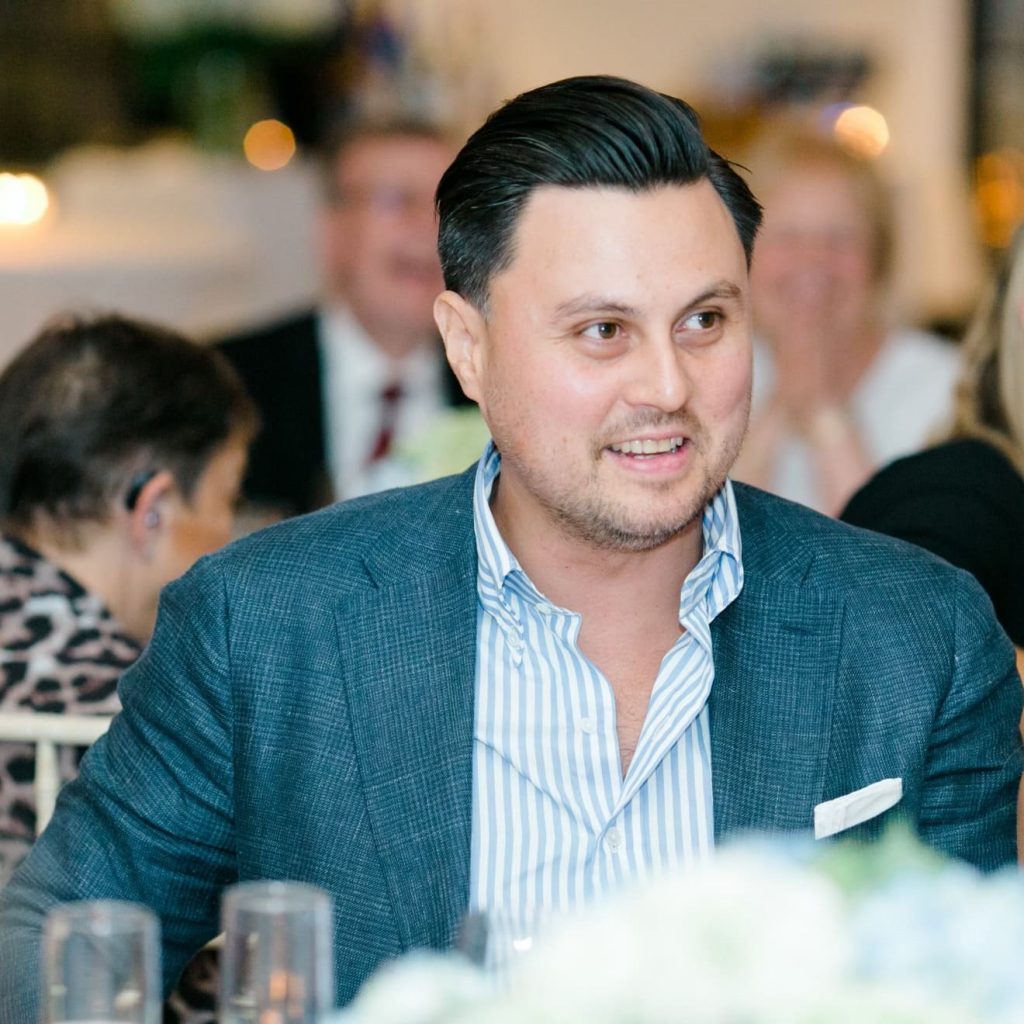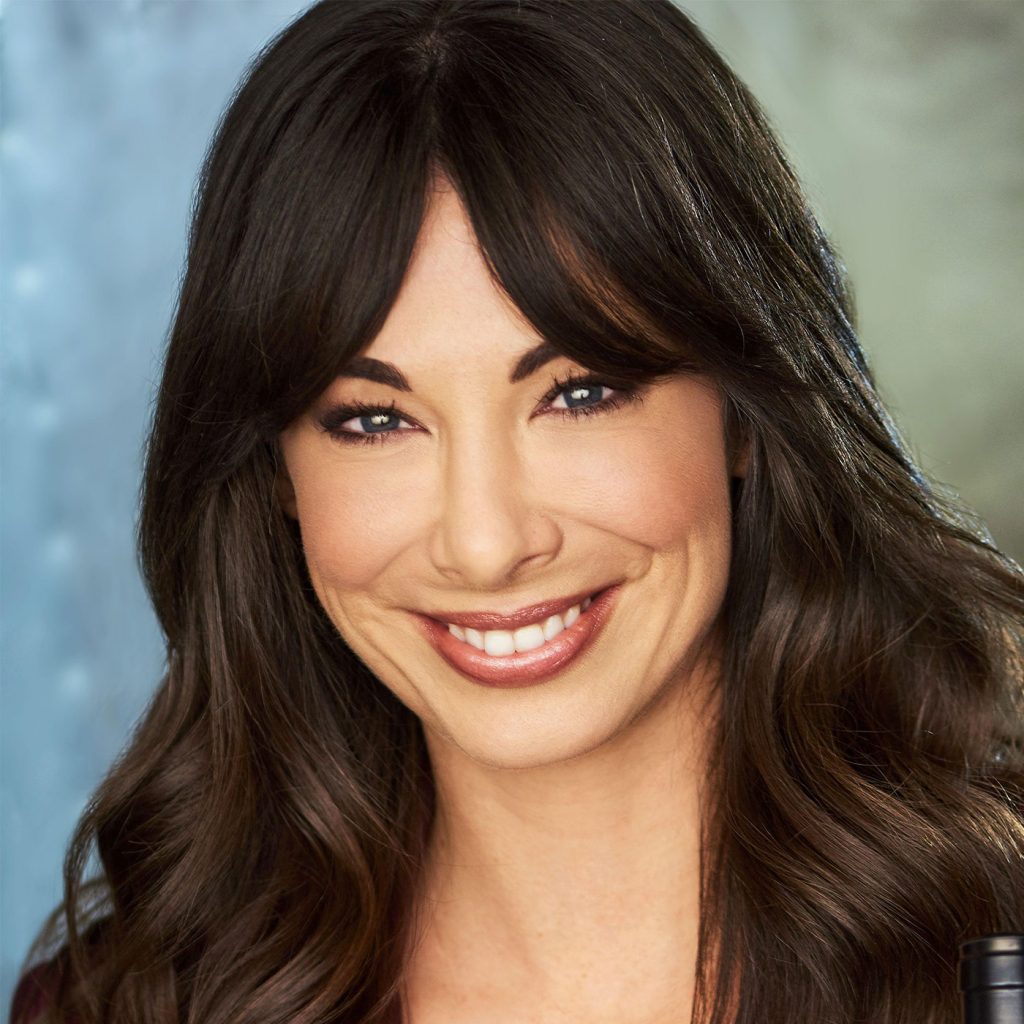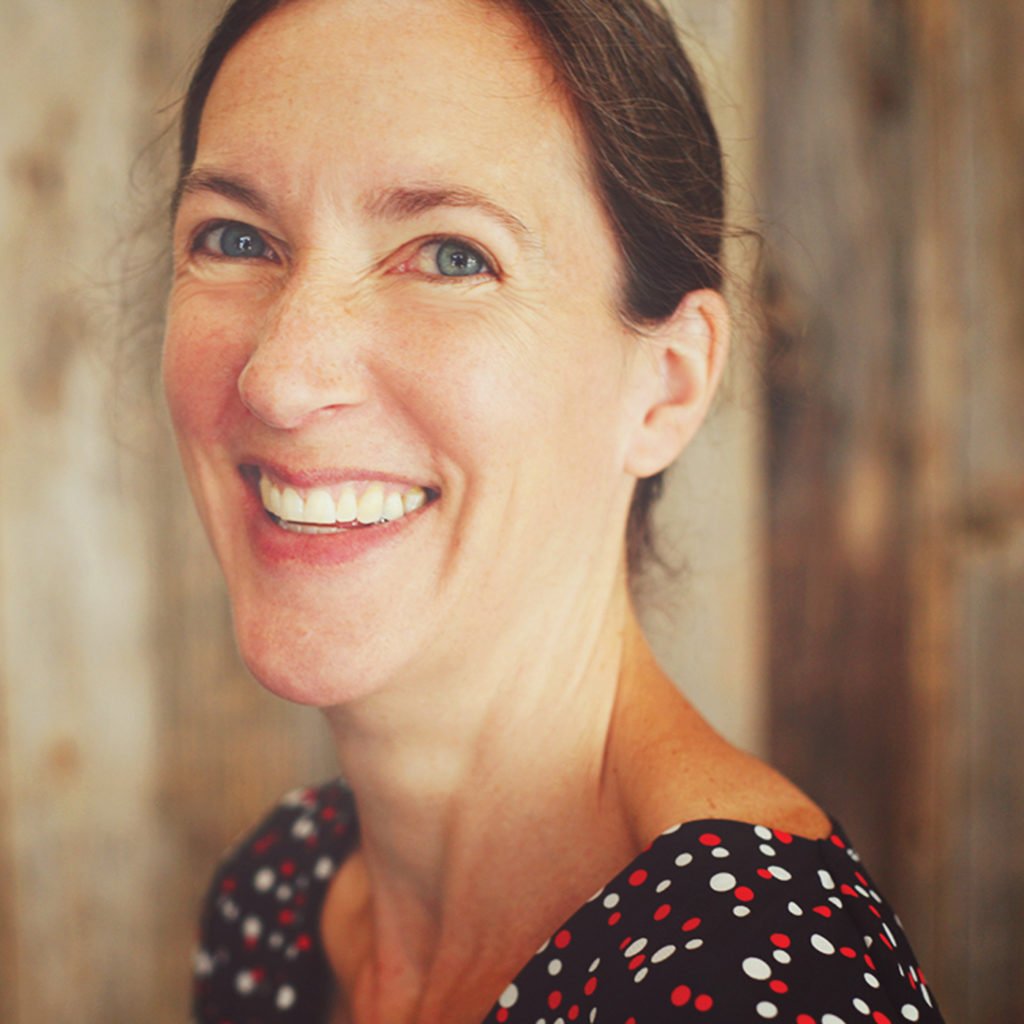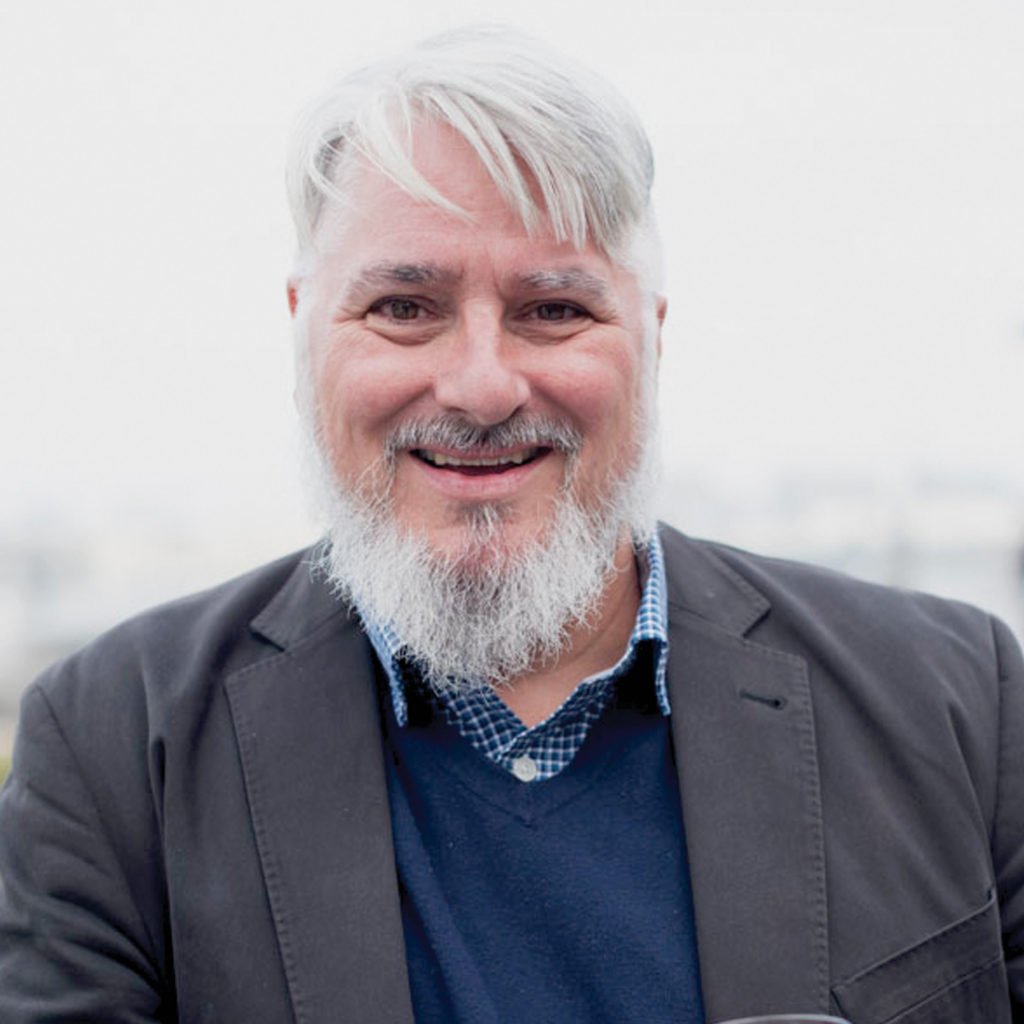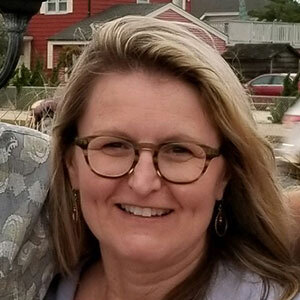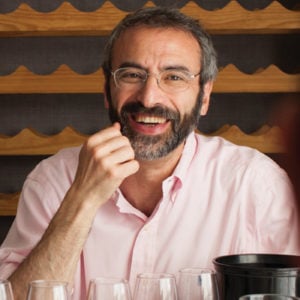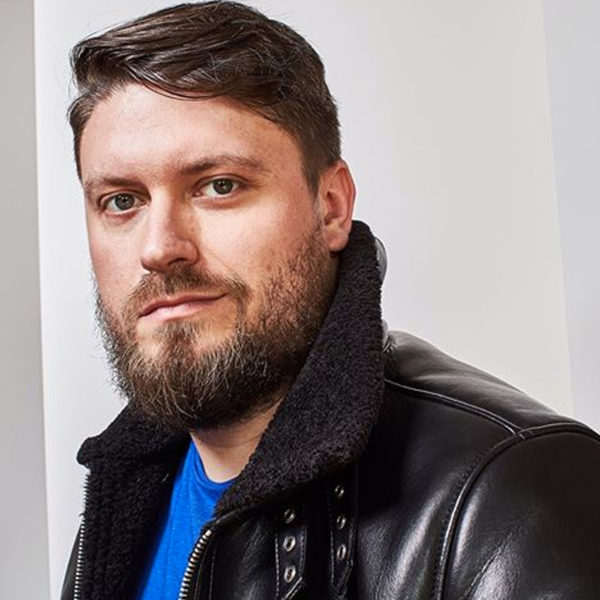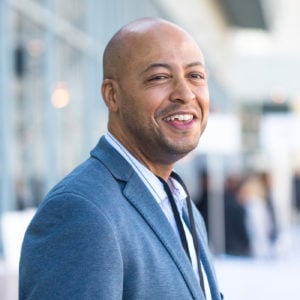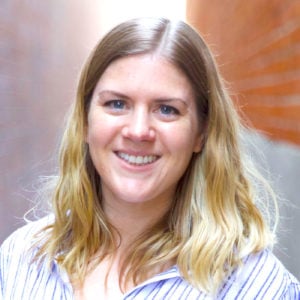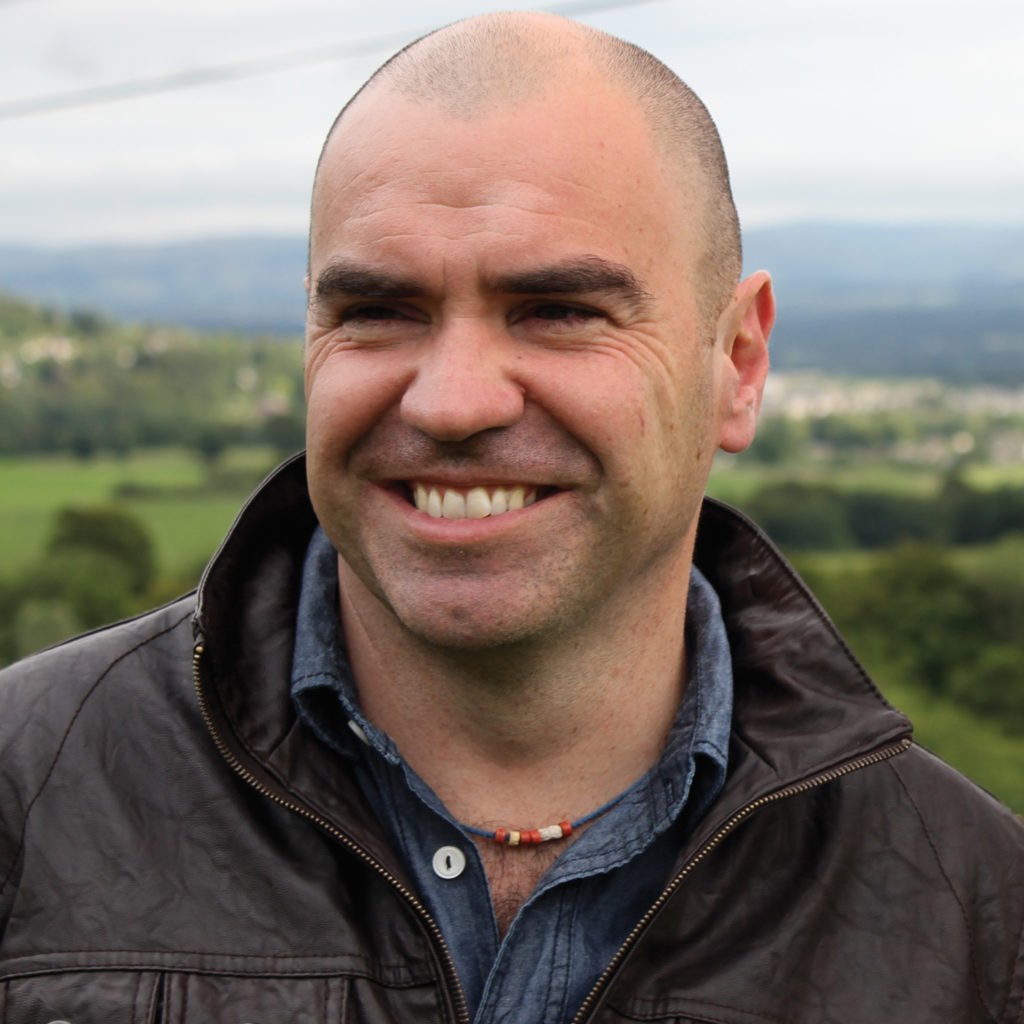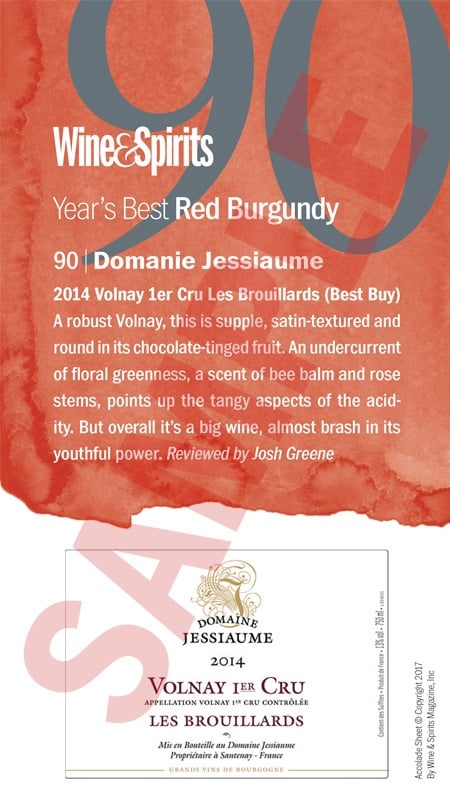Late last year, Bruce Lundquist, founder of Rack & Riddle, made some calculations and determined that his company was making more than half a million cases of sparkling wine a year. “I realized,” he told me, “that we had become the third-largest sparkling-wine producer in the United States.” What makes…
To read this article and more,
subscribe now.
To continue reading without interruption, subscribe and get unlimited digital access to our web content and wine search.
This story appears in the print issue
of August 2019.
Like what you read? Subscribe
today.

